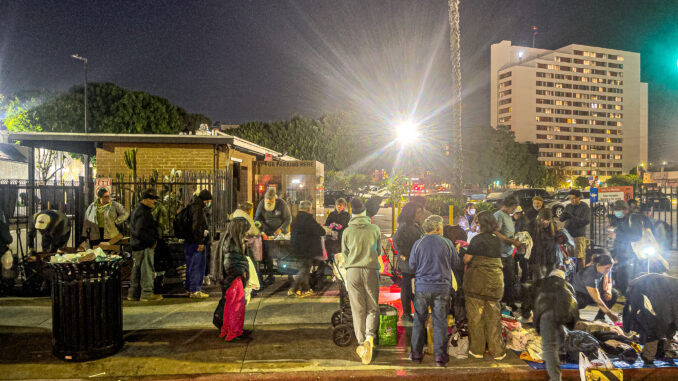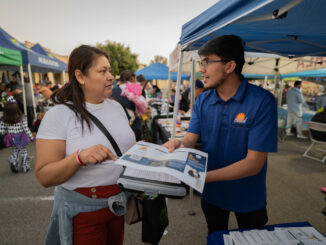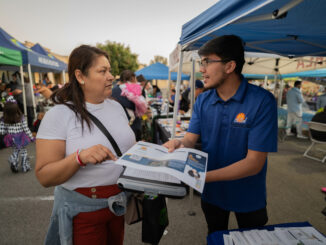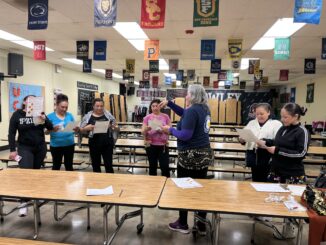
LA nonprofit Down But Not Out helps the unhoused find protection and respite from wildfire smoke
by Anne Stokes
As wildfires rage—and even after containment—the resulting smoke, particulate matter and toxic chemicals create air that’s too hazardous to breathe. Under such conditions, people are advised to stay inside, use air-purifying HEPA filters and wear N95 masks. But what do you do when you have no home to go to?
“How do you tell a person that’s homeless not to go out?” asks Arodi Bautista, president of Down But Not Out, a Los Angeles nonprofit dedicated to helping those experiencing homelessness and low-income households. “A lot of these people have to look for masks, for resources, or stay somewhere indoors, but there’s really not that many places. So we took it upon ourselves to give out as many masks as we could, give out as many hygiene kits, and help them kind of look for resources and where they could go because the air quality was pretty bad.”
“How do you tell a person that’s homeless not to go out? A lot of these people have to look for masks, for resources, or stay somewhere indoors, but there’s really not that many places.”
Arodi Bautista, President, Down But Not Out
Down But Not Out assists not only with daily necessities like hygiene kits and food, but also by connecting those in need with government resources, such as shelter and housing information. Bautista notes that it’s a challenge to find resources for the unhoused even under non-emergency circumstances. During natural disasters, these limited resources—like temporary housing and N95 masks—run out quickly.
In 2023, Down But Not Out received a grant from the California Governor’s Office of Emergency Services (Cal OES) to support their outreach efforts through March 2025. That support included outreach and preparedness training for staff and volunteers and outreach tools in multiple languages.
“One of the reasons why this Cal OES grant was such a perfect fit was because we constantly and only really serve the low income/unhoused population demographic. Usually they don’t hear much about emergency resources, even at the shelters that they stay at, much less anybody coming knocking at their door in a low-income area talking about emergency resources and how to prepare,” Bautisata says. “They made it really clear on what emergency preparedness is and how you should educate the demographic that you help. And it really made it a lot easier.”
Down But Not Out hasn’t been the only organization to benefit from Cal OES’s support. As they work with other groups and nonprofits, they’ve been able to introduce and share these outreach practices and resources with others in the community.
“It’s very practical, like insanely practical, because it’s so well structured,” he says of Cal OES’s support. “It’s up to us as an organization to see how we could fit that message into the people that we help. So that’s our job.”
To learn more about Down But Not Out, go to dbnohelps.com.
Save Your Breath
- Sign Up for Alerts: Free emergency alerts are available and provided by your county. Go to Listoscalifornia.org/Alerts to sign up
- Have a plan: If there was an evacuation, where would you go to meet loved ones?
- Make a Stay Box with supplies to stay home for at least 3 days
- Pack a Go bag with clothes, medications, flashlight, batteries, snacks and a phone charger
- Help Others be ready if they are in need
For more information on how to prepare for and stay safe during severe storms and other emergencies, visit www.listoscalifornia.org.




